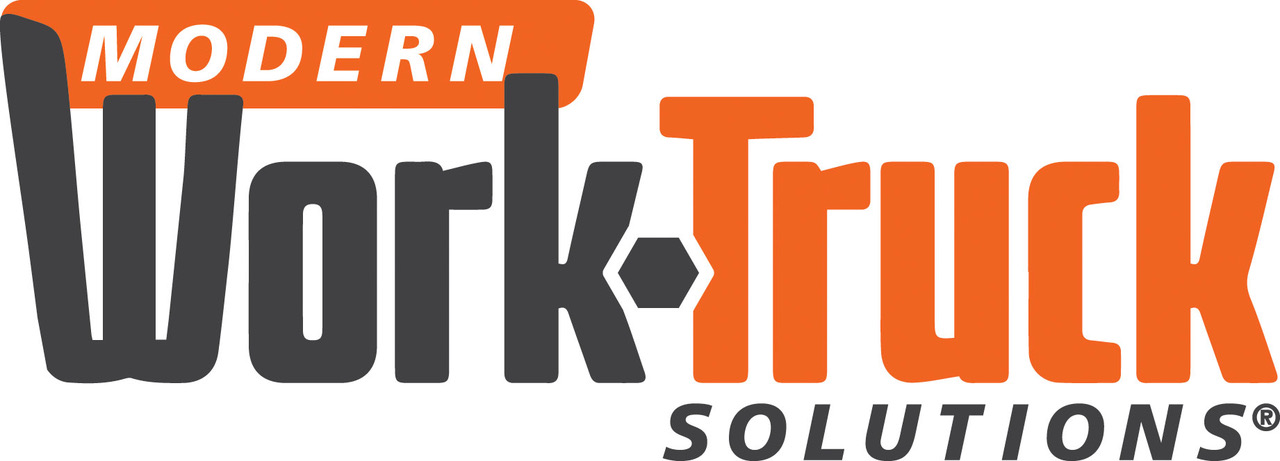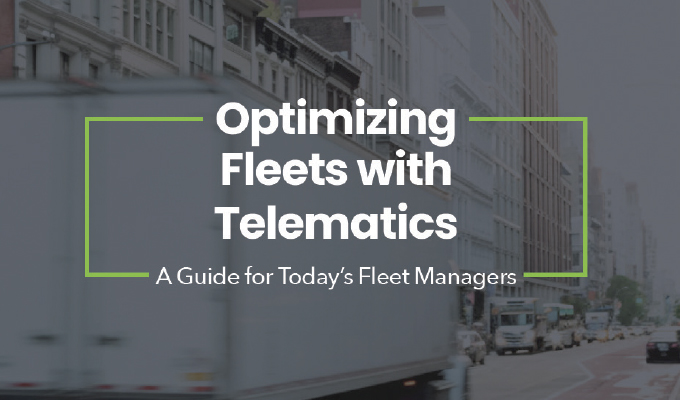A recent report (Optimizing Fleets with Telematics: A Guide for Today’s Fleet Managers) released by Together for Safer Roads (TSR) provides evidence-based guidance for fleets worldwide on how to deploy telematics effectively to reduce crashes, protect drivers, and safeguard the communities they serve.
THE URGENCY: WHY TELEMATICS MATTERS

Large truck crashes continue to rise sharply, with fatalities up 43 percent over the past decade. In 2023 alone, more than 5,300 large trucks were involved in fatal crashes, and another 114,000 were involved in injury crashes, according to a National Safety Council (NSC) analysis of NHTSA’s CRSS and Fatality Analysis Reporting System (FARS) data. With rapid growth in delivery fleets, e-commerce traffic, and two-wheeled vehicles such as motorcycles and e-bikes, the risks to both professional drivers and vulnerable road users are increasing.
This report demonstrates that telematics — the integrated use of onboard sensors, GPS, vehicle diagnostics, and data analytics — can deliver meaningful safety gains when applied thoughtfully. Telematics systems track critical safety factors such as speeding, harsh braking, distracted driving, and seat belt use, giving fleets actionable insights to improve performance. At its core, telematics is about changing driver behavior: identifying risky practices in real time and building a culture of accountability and support that goes beyond compliance.
Enhanced telematics goes even further. By layering in artificial intelligence, predictive analytics, and connected dashboards, fleets can anticipate crashes before they happen, generate safety scorecards, and tailor coaching to the specific risks each driver faces. Rather than being reactive, enhanced telematics makes it possible to move from responding to crashes to preventing them—saving lives, lowering costs, and strengthening trust between drivers, companies, and the communities they serve.
PRINCIPLES FOR TELEMATICS
Drawing on global case studies, TSR identifies five principles for effective telematics programs:
- Integrate telematics data with driver coaching.
- Prioritize speed management as a critical safety metric.
- Avoid overloading drivers with alerts.
- Establish company-wide performance benchmarks.
- Calibrate systems to reflect context and operational realities.
“Telematics is not just about technology—it’s about saving lives,” says Peter Goldwasser, executive director, Together for Safer Roads. “Our members’ evidence shows that when telematics is implemented with purpose, it reduces crashes, lowers costs, and builds safer workplaces for drivers. This report offers fleets a roadmap to move beyond compliance and toward a true culture of safety.”
TELEMATICS: PROOF OF IMPACT
When fleets implement these principles, the results are striking.
- A 2014 study of Class 8 truck drivers found 56 to 63 percent fewer unsafe driving events and a 33 percent drop in speeding when paired with coaching.
- The 2025 Lytx Road Safety Report showed an 8.9 percent reduction in speeding time per vehicle, improving safety and fuel efficiency.
- A Samsara–City of Denver case study found a 60 percent decrease in major crashes across its 1,900-vehicle fleet within a year of deployment.
- At the Fleet LatAm Conference (2020), PepsiCo reported a 27 percent reduction in collision frequency in Mexico using telematics.
- An IDC white paper (2025) commissioned by Samsara found telematics cut crashes by 29 percent on average and reduced unsafe driving by 51 percent within three months.
CASE STUDIES AND PARTNER VOICES
Several TSR member and partner companies contributed case study evidence, as well as participating as interviewees to gain crucial insight to inform the guide, underscoring telematics’ versatility across industries and geographies:
“Fleet safety requires a comprehensive approach that addresses both human behavior and vehicle systems,” says Mark Chung, executive vice-president of safety leadership and advocacy, National Safety Council. “When implemented thoughtfully as part of a broader safety management program, telematics can help fleet managers identify risks and support driver improvement.”
“NYC operates one of the nation’s largest telematics initiatives through the Fleet Office of Real Time Tracking (FORT) at DCAS. Telematics programs can be overwhelming if data isn’t presented the right way. Working with comprehensive reporting and actionable insights, we translated information into real-world safety improvements including major reductions in speeding and high-risk driving,” says Keith Kerman, NYC chief fleet officer and deputy commissioner, NYC Department of Citywide Administrative Services (DCAS). “This new guide helps other fleets understand how to apply data in practical ways that protect drivers and communities.”
THE BUSINESS CASE FOR TELEMATICS
In addition to saving lives, telematics delivers clear financial returns for fleet operators. Reduced crashes mean reduced repair and replacement costs, less downtime, and fewer claims. Data also shows that insurance premiums can drop significantly when telematics demonstrate safer driving behavior.
Research highlighted in the report also underscores this.
- An IDC white paper commissioned by Samsara (2025) found that telematics reduced vehicle-related crash costs by an average of $363,700 annually per organization, and operators reported a 36 percent reduction in insurance costs.
- In Denver, Samsara’s rollout reduced the number of false claims filed against the city by 50 percent in a single year.
- Motive found that companies using their AI-enabled dash cams saw a 21 percent reduction in insurance costs and a 30 percent reduction in crash-related costs.
“Telematics is more than just data; it’s a proven tool for saving lives and protecting communities,” says Eric Danko, head of global public policy and government affairs, Samsara. “We’ve seen how pairing real-time insights and driver alerts with tailored coaching delivers tangible safety results. In Denver, our technology reduced major crashes by an incredible 60% in just one year and cut false insurance claims in half. That’s the real power of telematics for cities and fleets, particularly when combined with other technologies like AI-powered cameras.”
This research was developed as part of TSR’s Global Fleet Safety Instruments Standardization Initiative, which previously published fleet standards and standard operating procedures for seatbelt use. The full report can be downloaded at: www.togetherforsaferroads.org/wp-content/uploads/sites/341/TSR-Telematics-Report-Final-2025.pdf.
for more information
Together for Safer Roads (TSR) is a leading international NGO focused on building cross-sector partnerships to enhance fleet trucking safety. It leverages the technology, data, and expertise of the private sector to create innovative programs aimed at preventing traffic crashes, injuries, and fatalities around the world. TSR members include some of the largest and most influential fleets worldwide, as well as best-in-class road safety technology businesses—companies driven to save lives. To learn more, visit www.togetherforsaferroads.org.




